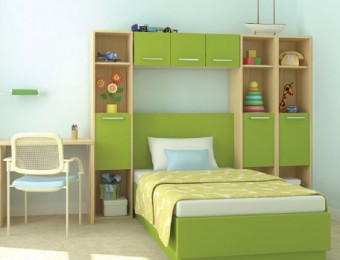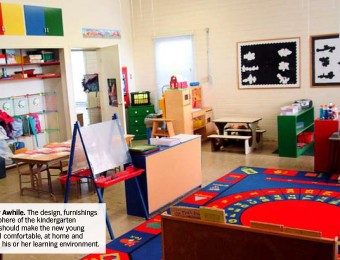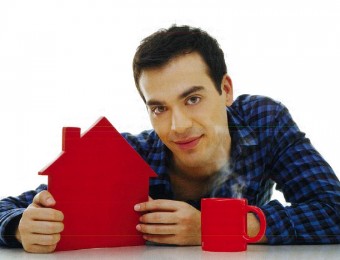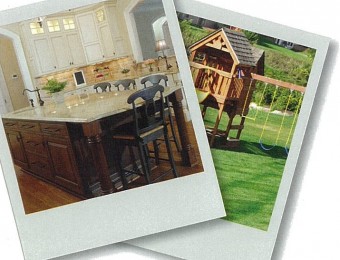By Catherine Purple Cherry, AIA, LEED AP, and Lauren Underwood, PhD
Along with behavioral and educational strategies used to teach and assist children with autism, there are ways to influence their success through alteration and treatment of their physical environments. It is important to create a home environment that accommodates the different needs of the autistic child and takes into account the rest of the family’s needs in relationship to that child.
Part 1: Sensory Response Functions
To begin to understand what areas of the home environment can change to support children with autism spectrum disorders (ASDs), it is helpful to first understand some of the physiological issues that can necessitate attention to structural and design features of the child’s home and other environments. Primary among these are ASD children’s sensory response ….




